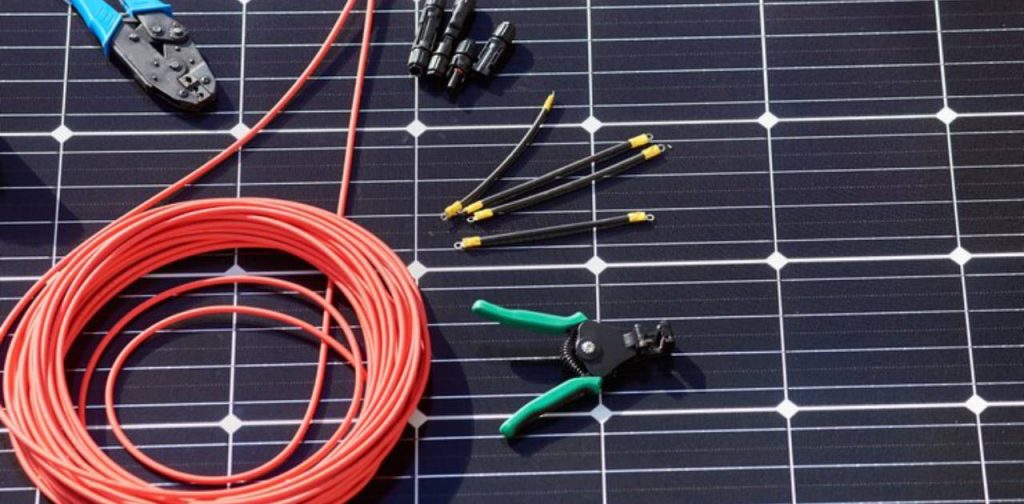Harnessing the power of the sun through an Ongrid Solar System(aka Grid-tied Solar System) is an effective way to generate electricity while reducing our carbon footprint. This system not only provides numerous benefits but also contributes to a sustainable future. This article will guide you through the complete wiring process of an ongrid solar system, shedding light on the installation process and the associated costs. Harness solar energy with Ongrid Solar Systems, reducing your carbon footprint. Learn the complete wiring process.
Understanding the Components of an Ongrid Solar System:
1. Solar Panels: The heart of any solar power system, these panels convert sunlight into electrical energy.
2. Inverter: This crucial component converts the DC (direct current) generated by the solar panels into AC (alternating current), making it suitable for use in homes or businesses.
3. Mounting Structures: These structures securely mount solar panels on rooftops or ground-mounted structures to maximize exposure to sunlight.
4. Racking and Wiring: These systems support the solar panels and provide the necessary wiring to connect them in a series or parallel configuration.
5. AC and DC Disconnects: These safety devices cut off power to specific components during maintenance or emergencies.
6. Net Meter: This device monitors the amount of energy produced by the solar system and fed back into the grid, allowing for accurate billing in on-grid systems.
The cost of an Grid-tied Solar System can vary based on the size and complexity of the system, as well as the specific equipment used. However, the long-term benefits often outweigh the initial investment, making it a cost-effective solution for many homeowners and businesses.
The wiring design of an on-grid solar system is crucial for optimizing energy production and ensuring safety. Here’s a step-by-step guide to the wiring process:
1. Solar Panel Wiring: Connect solar panels in series or parallel configurations based on system voltage requirements. The panels are connected using MC4 connectors.
2. Combiner Box: This box serves as a junction point for the DC wiring from multiple solar panels.
3. DC Disconnect: Install a DC disconnect between the combiner box and the inverter for safe maintenance or repairs.
4. Inverter Wiring: Connect the DC output from the combiner box to the input terminals of the inverter.
5. AC Disconnect: Install an AC disconnect between the inverter and the main electrical panel.
6. Net Meter Installation: Connect the net meter to the electrical panel to monitor the flow of electricity between the solar system and the grid.
Safety is paramount when installing an Grid-tied Solar System. Always ensure proper grounding of all metal components, use conduit for wiring to protect it from environmental factors, and adhere to local electrical codes and regulations. By following these guidelines, you can enjoy the benefits of an Grid-tied Solar System while ensuring the safety and efficiency of your installation.
In conclusion, the Grid-tied Solar System is a powerful tool in the transition towards renewable energy. By understanding its components and the intricacies of its installation, we can harness its benefits and contribute to a sustainable future. The process of installing an Grid-tied Solar System may seem complex, but with careful planning and adherence to safety considerations, it becomes a manageable task.
The benefits of an Grid-tied Solar System are numerous, from reducing our carbon footprint to providing a reliable source of clean energy. The installation process, while detailed, is a worthwhile investment of time and resources. Understanding the cost associated with an Grid-tied Solar System is also crucial, as it allows for informed decision-making regarding the adoption of this technology.
As the world continues to embrace sustainable power sources, the value of mastering the intricacies of Grid-tied Solar System wiring and installation only increases. It’s not just about the immediate benefits, but also about contributing to a larger global movement towards sustainability. By investing in an Grid-tied Solar System, we’re not just powering our homes or businesses – we’re powering a brighter, cleaner future for all.




